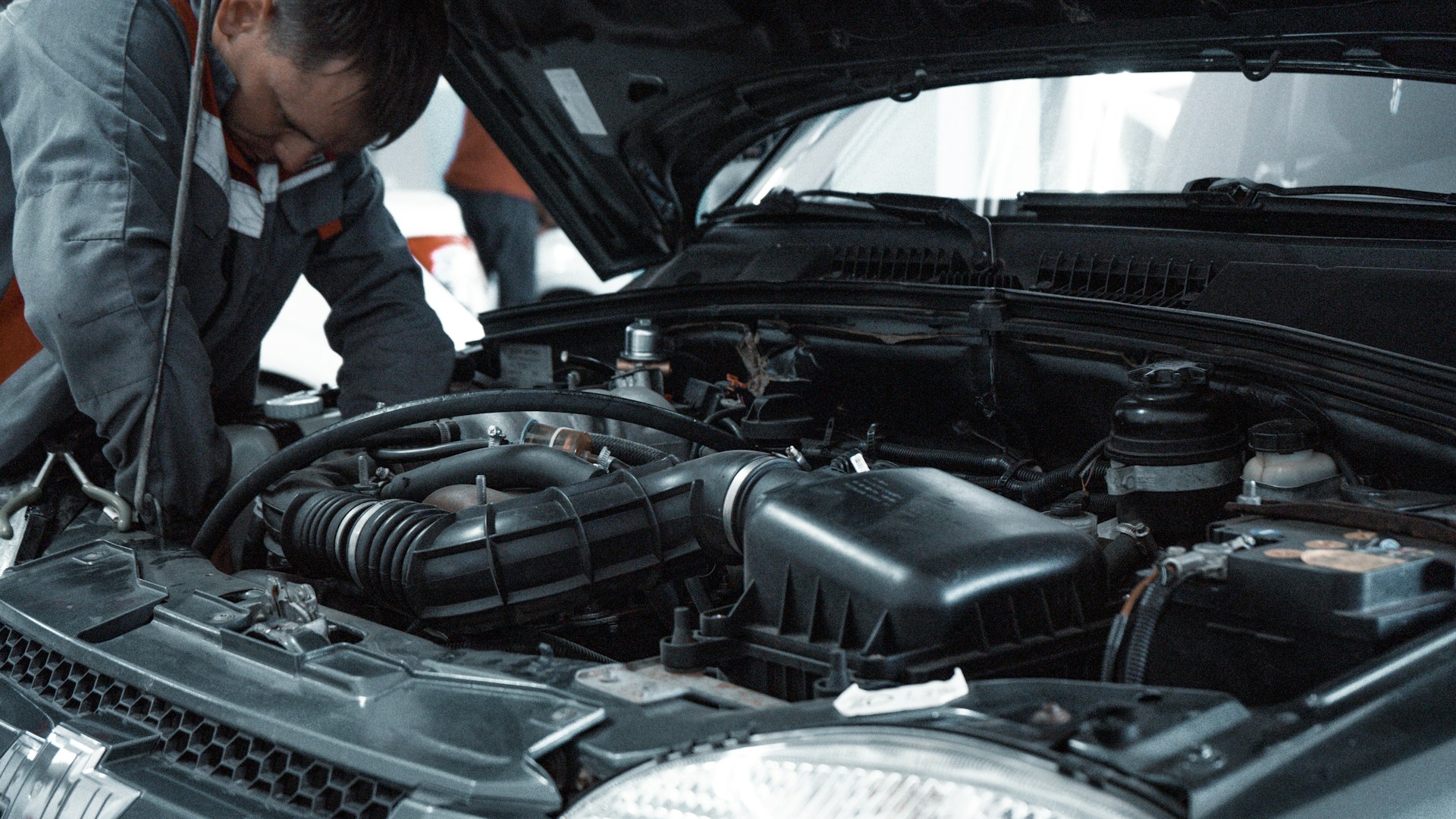Maintaining your vehicle is essential for ensuring its longevity, reliability, and safety on the road. From regular oil changes to tire rotations and brake inspections, staying on top of automotive maintenance can prevent costly repairs and breakdowns down the line. This guide will explore five key strategies to help you stay organized and proactive in managing your vehicle’s maintenance needs, allowing you to drive with confidence and peace of mind.
1. Establish a Maintenance Schedule
The first step in staying on top of automotive maintenance is to establish a comprehensive maintenance schedule tailored to your vehicle’s specific requirements. Consult your vehicle’s owner’s manual or manufacturer’s recommendations to determine the recommended service intervals for various components, such as oil changes, fluid flushes, and filter replacements. Create a calendar or digital reminder system to track upcoming maintenance tasks and ensure they are performed in a timely manner. By adhering to a regular maintenance schedule, you can address minor issues before they escalate into major problems and extend the lifespan of your vehicle.
2. Monitor Fluid Levels Regularly
Regularly monitoring fluid levels is a fundamental aspect of staying on top of automotive maintenance, ensuring the smooth operation and longevity of your vehicle. As part of this routine, consider incorporating Meaner Power Kleaner into your maintenance regimen to enhance fuel efficiency and engine cleanliness. By utilizing this product, you can effectively address fuel degradation issues and prevent harmful deposits from accumulating in your engine. This proactive approach helps maintain fuel quality during storage periods, ensuring smooth engine starts and consistent performance. With this product, you not only optimize your vehicle’s performance but also minimize the risk of costly repairs, making it an indispensable component of your maintenance routine.
3. Perform Routine Inspections
In order to spot any problems before they have an impact on the performance or safety of your vehicle, it is important to undertake routine visual inspections of the exterior, interior, and undercarriage of your vehicle. As you inspect your tires for any indications of wear, corrosion, or uneven tread wear, you should also make sure that they are properly inflated in accordance with the specifications provided by the manufacturer. Make sure that all of the lights on your car, including the headlights, taillights, brake lights, and turn signals, are operating properly by doing a thorough inspection. Check the engine compartment, the undercarriage, and the area surrounding the fluid reservoirs for any signs of leaks, rust, or corrosion. It is possible to identify potential issues at an early stage and take corrective action before they result in failures or accidents if you do regular inspections.
4. Address Maintenance Warnings Promptly
Modern vehicles are equipped with sophisticated onboard diagnostic systems that monitor various components and systems for abnormalities. Pay attention to warning lights or messages on your vehicle’s dashboard, such as the check engine light, oil pressure warning, or tire pressure monitoring system (TPMS) alerts. These warnings indicate potential issues that require immediate attention from a qualified mechanic. Ignoring warning lights can lead to further damage or safety hazards. Schedule an appointment with your mechanic as soon as possible to diagnose and address the underlying cause of the warning.
5. Invest in Professional Maintenance Services
While some automotive maintenance tasks can be performed at home, certain services require the expertise and equipment of a qualified mechanic. Schedule regular appointments with a trusted automotive service provider for comprehensive inspections and maintenance services. Professional technicians can perform tasks such as brake inspections, wheel alignments, suspension checks, and diagnostic scans to ensure your vehicle is in optimal condition. Additionally, professional maintenance services often come with warranties or guarantees, providing added peace of mind. By investing in professional maintenance services, you can maintain the value, performance, and safety of your vehicle for years to come.
Conclusion:
In conclusion, staying on top of automotive maintenance is essential for preserving the performance, reliability, and safety of your vehicle. By establishing a comprehensive maintenance schedule, monitoring fluid levels, performing routine inspections, addressing maintenance warnings promptly, and investing in professional services, you can proactively manage your vehicle’s maintenance needs and drive with confidence on the road. Remember that proactive maintenance not only prevents costly repairs but also ensures a smoother, more enjoyable driving experience for you and your passengers. With these strategies in place, you can keep your vehicle in peak condition and enjoy worry-free motoring for miles to come.
You may also like to read:
Navigating the Electric Car Market: Find the Best Electric Cars to Buy




